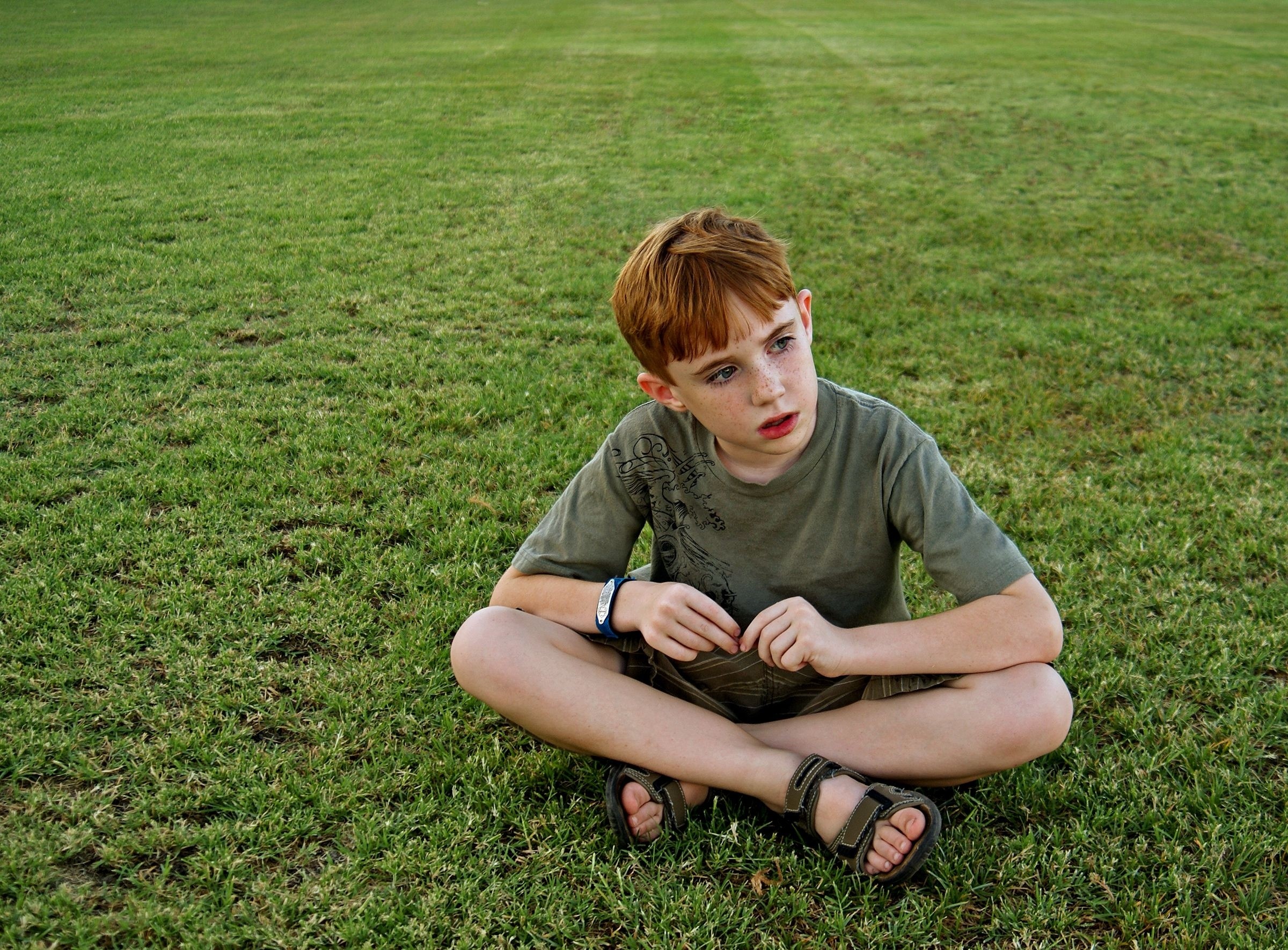LISTEN TO THIS ARTICLE:
Early in 2023, the CDC released a report that reinforced what pediatricians and parents have been talking about for years: Autism is still rising. The studies referenced in the report found that, in 2006, 1 in 110 children had some form of autism. In 2023, 17 years later, that rate has tripled to 1 in 36 children. This growth has sent more and more parents in search for why autism happens and why autism is increasing.
Why is autism increasing?
Better detection
The biggest factor for why autism is increasing is better detection. Autism is an incredibly complex and nuanced condition that can manifest differently in each affected person. Additionally, many of its different symptoms can masquerade as other disorders. As a result, diagnosis has historically been challenging. Given this difficulty, efforts at detection have increased, leading to more diagnoses.
There is no singular test for autism, no easy diagnosis. However, monitoring developmental milestones as early as 9 months old is key. This involves comparing the ages at which these children acquire certain abilities to population averages. These include the ages at which children learn “stranger danger”, begin vocalizing different sounds, follow directions, or feed themselves.
In the past, this kind of monitoring didn’t start until 18 months or older. In more recent years, earlier screening has led to improved detection. This created an appearance of increasing rates over time when, in fact, many cases were being missed in the past.
More visibility
One of the biggest keys to better detection and diagnosis is simply increased availability of information about autism. In its early years, autism was thought to be primarily an issue in boys. However, recent years have seen increasing efforts in testing girls and adults in general. As a result, much of the increase in autism rates has happened in those groups.
A big part of this is just due to increasing awareness and visibility of autism signs and symptoms. Parents, teachers, and other caregivers have more easy access to information about autism and are more likely to look for it in children that they look after.
Recognition of adult autism has grown, too. Many adults have lived decades of their lives thinking they were merely different from others. They thought they socialized and communicated differently, but they never associated that with any disorder.
However, increased availability of information on the internet, including people sharing their own personal stories on social media, has enabled people to recognize some of the symptoms in themselves. Although self-diagnosis isn’t incredibly reliable, having this information out there enables people to bring these issues up with their doctors who can then make a more objective decision.
Evolving definitions
During decades of research on what autism is and why autism happens, criteria for the diagnosis have evolved and included things it did not in the past. Many symptoms were originally attributed to other disorders. Now that diagnostic guidelines have changed, it’s clear that many of these “new” cases of autism were likely there all along.
Autism did not exist as a diagnosis until 1980, so it is relatively young compared to the history of many other disorders. Additionally, for decades after that, people already diagnosed with ADHD or Asperger syndrome could not also be diagnosed with autism, hiding a huge number of potential diagnoses. In fact, about 1 in 7 people with autism also have ADHD.
It was not until 1994 that doctors recognized that autism and Asperger syndrome were part of the same spectrum. Moreover, it took until 2013 for researchers to combine pervasive developmental disorder into the autism spectrum as well. The current definition of autism includes a wide spectrum of severities that includes people who never would have thought they had autism. It has brought in a large number of high-functioning people.
While this progression may sound like a frustrating “moving the goalposts” to some, it is often simply how science works. Autism was a new diagnosis 43 years ago, and doctors had very little research to base their decisions on. However, as decades have passed, mountains of research have been done. We’ve found that autism is a much bigger tent that holds a lot more people than we once thought. We just didn’t know who we were missing until now.
Why autism happens
There are many factors, both known and as yet unknown, that lead people to develop autism. However, very few of them have evolved with time as quickly as over the past 40 years. Two that have, though, are parental age and rates of premature birth.
Increased parental age
One factor that contributes to why autism happens that has changed over time is the age of parents at the time of conception. Having older parents (either a mother or a father) can substantially increase the risk of autism. Children of mothers over 35 years old and fathers over 40 were at the highest risk of autism relative to children of mothers and fathers in their 20s.
Over the past 50 years, average ages of both mothers and fathers has increased substantially. In 1980, only 4% of births were to women over 35 years old, but by 2004, it was over 14%. In 2022, the median age of new mothers in American reached 30 for the first time ever. The average age for new dads passed 30 years old 5 years before that in 2017. Additionally, the number of men under 30 having children is consistently declining while the number of men over 40 newly becoming fathers is increasing.
Why these trends are happening is another large discussion, but a few reasons come to the top. Women by and large are delaying motherhood because they are spending more years in higher education. The Great Recession following the 2008 housing market collapse also led an entire cohort of men and women to put off having kids because of their own financial struggles. This doesn’t mean people are having fewer kids, though. They are just having them later.
Increased premature births
Premature birth is another factor that is independently associated with an increased risk of autism. Babies born before 37 weeks gestation have a 30% higher chance of developing autism compared to those who are born full term. Those born extremely premature (27 weeks gestation or before) have a 4 times higher risk of autism. That’s a 400% higher chance!
The U.S. has a higher rate of preterm births than most other developed nations. Roughly 1 in 10 babies born in the U.S. are preterm. Fortunately, improved technology and healthcare has radically raised the rates at which premature babies survive. In the 1980s, babies born at 25 weeks gestation had a survival rate below 40% and only 10% of those born at 24 weeks lived. Fast forward to the mid 2000s, survival rates for the first group doubled and were over six times higher for the even younger group.
Vaccines do not cause autism
Vaccines do not cause autism. Period. Discovering the initial diagnosis of autism in a child is an extremely difficult time for parents. It leaves many parents desperate in the search for answers. Some turn to this when the timing of the autism diagnosis corresponds to some childhood vaccines.
This “theory” has repeatedly been proven false. The original study promoting this idea was found to have been manipulated and faked. Its publisher has redacted it, and its author has lost his license to practice medicine. The American Academy of Pediatrics has collected a bevy of this evidence for anyone to read.
A final word on autism
Autism isn’t a disease in the traditional sense of the term. It doesn’t really have a cure or medical treatment that changes or fully relieves its symptoms. People with mild autism can reasonably expect to lead independent, relatively “normal” lives with some occasional support along the way.
However, that is not to play down its seriousness. People with moderate and severe autism need significant support throughout their lives. This is the real crisis that people really need to focus their attention. Chasing pseudoscientific conspiracy theories about what could be causing the rise in autism just distracts from the real problem at hand. The real growing crisis is the need for supportive services for people with autism and their families.
If you or someone you know has or might have autism, the American Academy of Child and Adolescent Psychiatry has developed a superb set of resources for you.


 Learn
Learn Get News
Get News Find Help
Find Help

 Share
Share
 Share
Share
 Share
Share
 Share
Share



